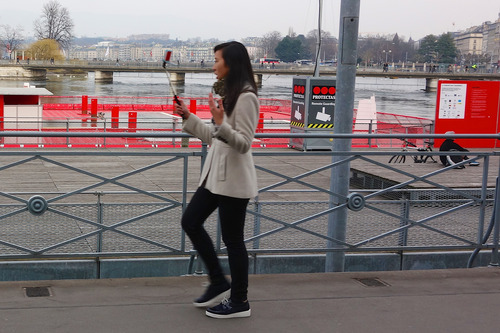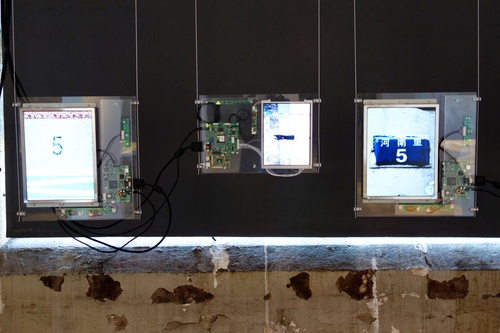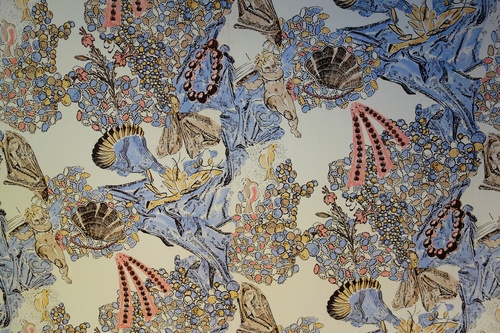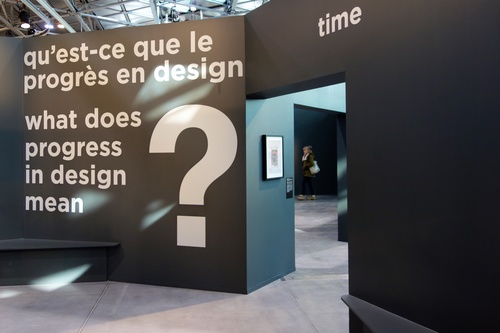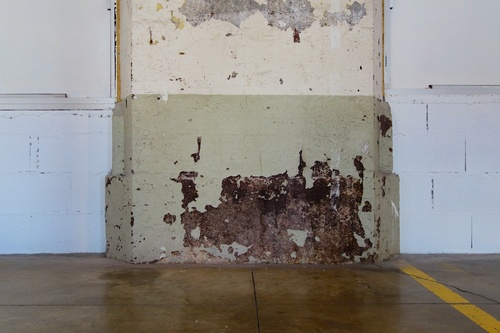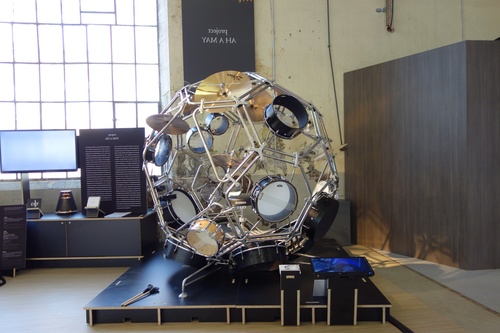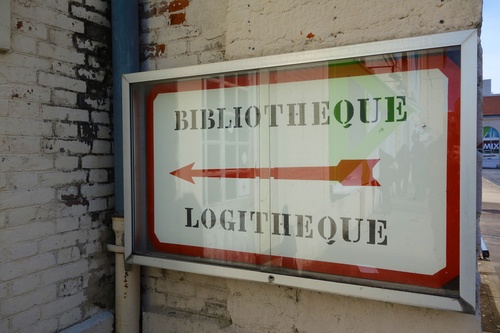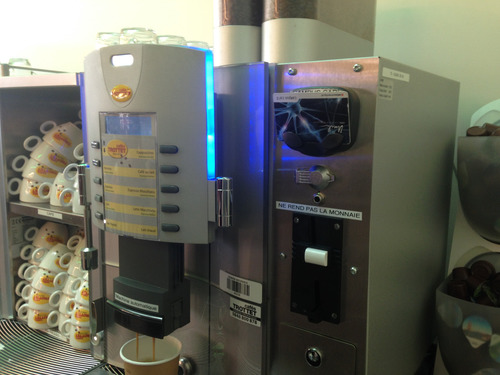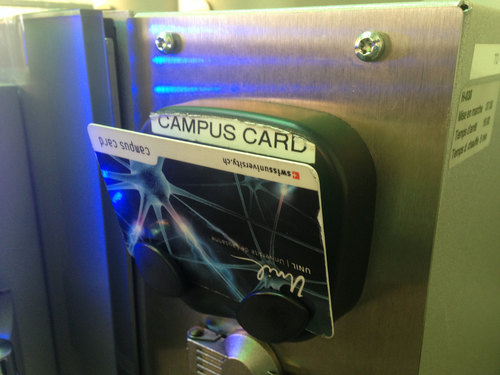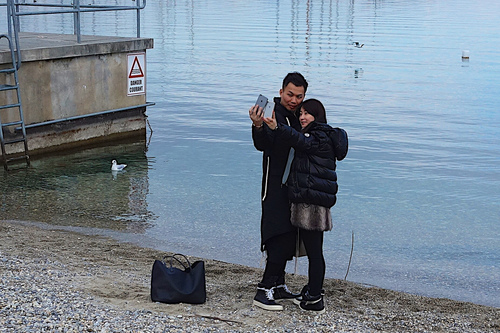An inspiring article in ACM interactions called "on the importance and implications of studying technology non-use" by Eric Baumer, Jenna Burrell, Morgan Ames, Jed Brubaker and Paul Dourish. It revolves around the idea that the "the dominant discourse in HCI still focuses primarily on technology users" and that "non-use and other forms of technological relationships" are both common and relevant to analyze. The topic that caught my attention is the typology of non-usage:
"Non-use could be understood as the absence of action and, as such, may not be amenable to study through methods traditionally used to study participants’ actions. [...] In contrast, Jonathan Lukens’s study of visual artists who avoid using tools such as Photoshop for specific portions of their work demonstrates how non-use can require as much, if not more, conscious, deliberate, effortful action as technology use does. In this way, while non-use is often understood as the absence of a phenomenon or practice, something else likely exists in place of use, and it is that something we should be studying. [...] Lindsay Ems’s research highlights that even individuals or groups famous for non-use, such as the Amish, do not avoid information and communication technologies entirely, but rather selectively take them up, mediated by cultural norms and religious values. [...] non-use could be understood not as an identity, where a given individual is either a user or a non-user, but rather as a continually negotiated practice. For example, Alex Leavitt’s work studying situational non-use of Google Glass points to the moment-to-moment negotiations, often around privacy, between the Glass wearer and others about when and how the technology should (and should not) be used."
See also the position papers from the workshop that led to this paper.
Why do I blog this? Because this kind of blind spot might be interesting to focus on in a design ethnography class.

